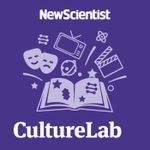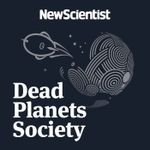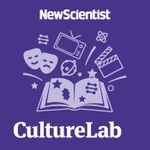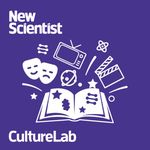#179 Black holes older than time; nine animals to save the climate; the largest creature ever to walk the Earth
Sea otters, American bison and grey wolves are among nine groups of animals that could help fight climate change. The team discusses the various attributes that make these groups particularly impactful, and they explain what we’d need to do to help populations grow.
An ancient supermassive black hole that formed in the early moments of the universe has been spotted by the James Webb Space Telescope. The team explains how it might’ve formed so early into the universe’s existence - and they discuss the mind-boggling prospect of black holes that are older than the universe.
An immense sauropod dinosaur, Patagotitan mayorum, the largest known land-animal of all time, is currently towering above visitors to London’s Natural History Museum. Rowan went to see the incredible beast up close, and asks palaeontologist Paul Barrett how sauropods got so big.
A newly discovered “hat” has mathematicians all excited. For the first time, researchers have found a single shape that can be used to cover a surface without ever creating a repeating pattern. The team explains the shape, which apparently looks like a hat, and what it might be used for.
Many of the problems we face in the world today are caused by our inability to think about the long-term future. But in this modern world where we’re forced to think short-term, how do we escape this trap? Rowan asks Richard Fisher for help - he’s just released a book titled The Long View: Why we need to transform how the world sees time.
On the pod are Rowan Hooper, Chelsea Whyte, Alex Wilkins and Sam Wong. To read about these subjects and much more, you can subscribe to New Scientist magazine at newscientist.com.
Events and discount codes:
New Scientist Fermilab event: newscientist.com/fermilab
Hosted on Acast. See acast.com/privacy for more information.









